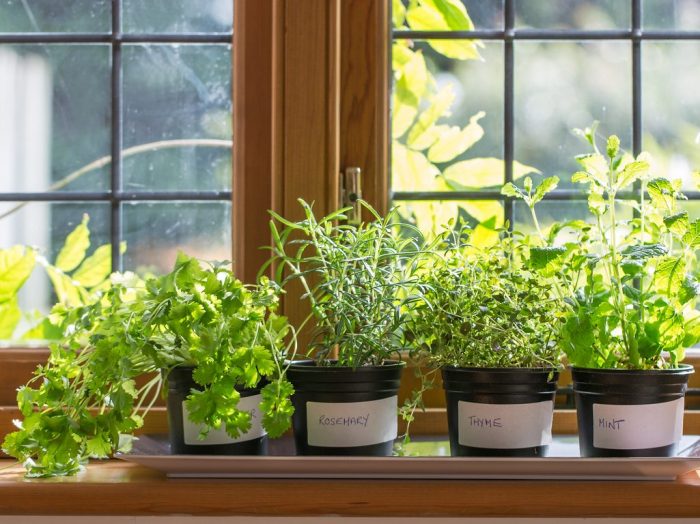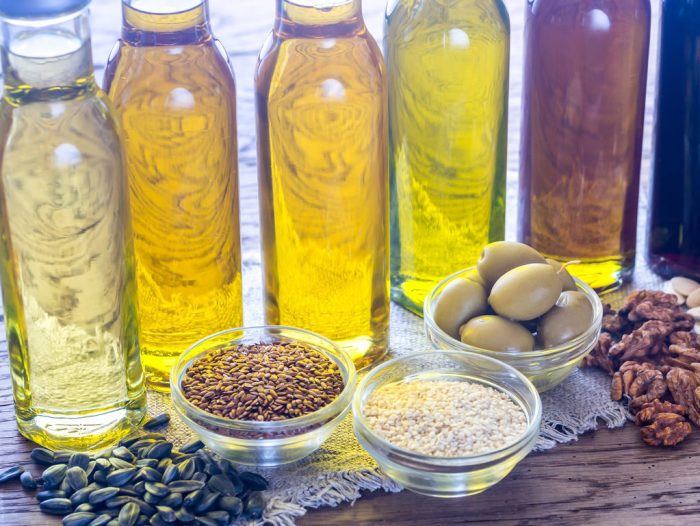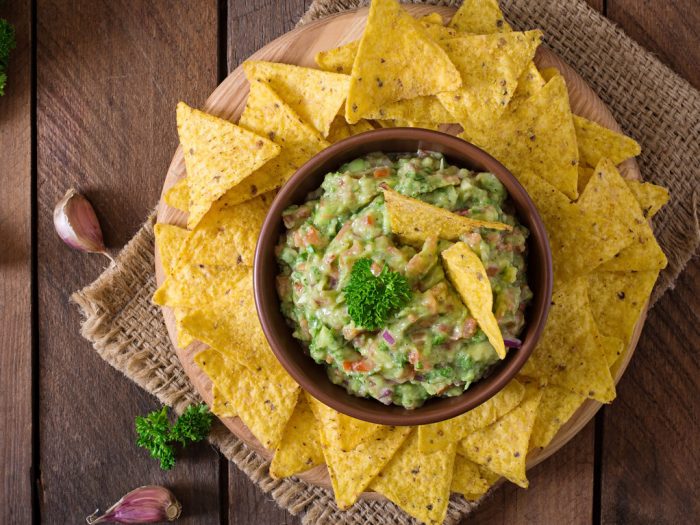Pop quiz! What’s the best, simplest way of bringing more flavor to your dishes? Why, choosing herbs to go with it, of course. Not all of them work for every dish your imagination might come up with, so here is what goes with what. If you don’t know where to start, we’ve got you covered. The class is in session: Choosing herbs 101!
It took me way too long to start using herbs in my cooking. No wonder my dishes tended to be bland messes until then. I guess I was just intimidated because it seemed like a lot to learn all at once. But I forgot that everybody starts off like that and then takes the necessary baby steps until they learn how to walk or get some prime knowledge on choosing herbs.
Quick, tell me this: what is your favorite herb? Do you know? If not, then you’ve got some experimenting to do! Don’t worry, it’s going to be fun! Just smell them, feel their flavor and their scent notes, and then try to associate some other flavors you love.

Tender vs. woody herbs
Did you know that there are two large groups of herbs you can cook with? They’re either tender herbs, which are also called soft herbs, and woody herbs, which are also sometimes called tough or hard. So what is the difference between them?
Tender herbs have softer stems and a more delicate texture. They work better when used fresh, and you should add them near the end of your cooking so that heat doesn’t destroy their flavors.
Woody herbs have harder stems, which have the appearance of wood. You can’t really serve them raw and you can add them to dishes from the beginning because they can infuse their flavors into your recipe.
What do you use tender herbs for?
These more delicate herbs are great as a garnish for your favorite dishes. You can also use them to make a flavorful pesto. They work best when fresh because they bring that note with them to salads, salsas, and dips. Like I said before, don’t overcook them, or they’ll lose their most appealing traits. Combine them with olive oil, because it tends to absorb the flavor and pass it on to the other ingredients. You can also use their stems in your cooking, as long as they’re not very long.
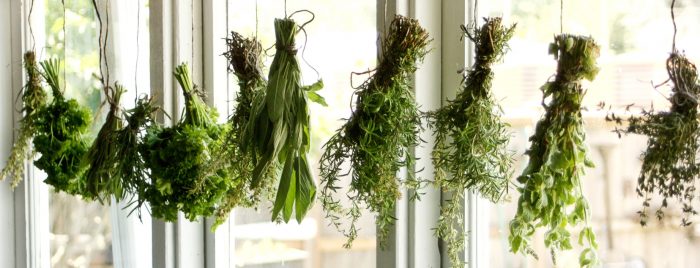
Choosing herbs: greatest tender herbs
1. Basil
This is the ingredient that absolutely makes your pesto! You need it for making tomato sauce, too. And we recommend you chiffonade the leaves into pretty ribbons to add them to all kinds of dishes – bruschetta, Caprese salads, and more. It’s a great ingredient for dressings and marinades, especially if you mix it with honey and/or lemon juice.
2. Chives
Add the finely chopped chives on top of hot dishes like scrambled eggs, baked potatoes, and cream soups. They’re very delicate, so don’t cook them much. You can cut them up in pieces using scissors, which bruise them less than knives.
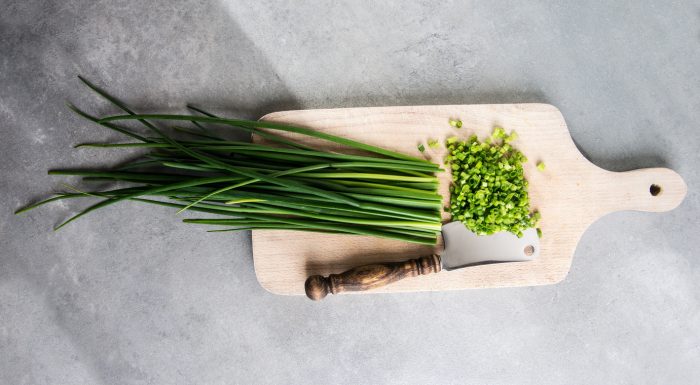
3. Cilantro
This one is a controversial item, and I tend to see a lot of jokes on Twitter about it. It goes best with fresh salsa, in guacamole, or in stir-fries. If you’re a fan of its taste, then try it in smoothies as well.
4. Mint
This is the original refreshing herb and of course, you can make tummy-soothing tea with it, but also add it to lemonades and summer cocktails like mojitos. But it also works perfectly with couscous and ice cream!
5. Dill
When choosing herbs, don’t ignore the fine charms of dill. This is one of the food items I most like to touch, because of its very fine leaves and delicate texture. I use it in plenty of summertime salads, but it works well in the filling for deviled eggs and potato salads.
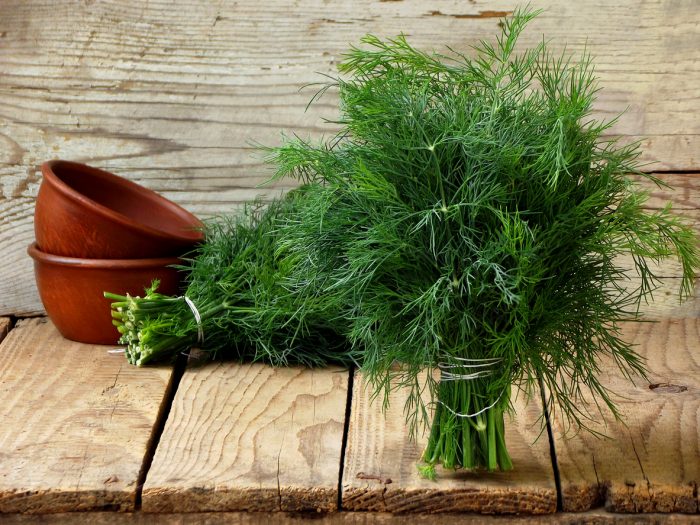
6. Curly parsley
This type of parsley has curly, ruffled leaves and it’s a garnish favorite for many people – myself included. It works great with cream cheese and some garlic, but you can also use it in fish dishes to bring a bit of crunch to them.
7. Italian Parsley
Also known as flat-leaf parsley, this one has gained popularity over the curly one, lately. You can use it with flair to bring a fresh note in soups, but you can also stir it into sauces.
What do you use woody herbs for?
You can use woody herbs in high-temperature setting, with great effects. Especially since they’re not that great when you have them raw, in dishes. Would you use a sprig of rosemary in your salad? The answer is no, you wouldn’t.
Because they have hard, woody stems, it’s a very good idea to remove those stems before you use the herbs in your cooking. You can pull off the leaves of the stem with your fingers. To make things easier on yourself, do this in the opposite direction of which they’ve grown.
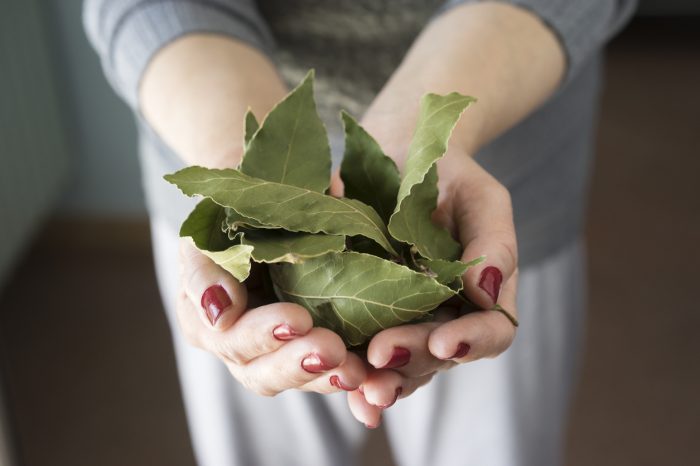
Choosing herbs: great woody herbs
1. Bay Leaves
When thinking of bay leaves, I almost immediately remember when I used to find them in my food when I was a child, and I tried to eat them because they were on my plate. They were so bitter, I would spit them out. Makes sense, right? Anyway, if you don’t eat them, you will probably enjoy their flavor more by adding them to all kinds of sauces and, of course, in stews. They’re great with cooked cabbage and peas simmered in tomato sauce (This was a tip from my mom).
2. Marjoram
I’ve only just recently fallen in love with marjoram, but I fell for it hard. I love its fresh flavor, and how it sort of resembles mint. I like to use it in Caprese salads and other fresh veggie salads. But it also works in marinades for nice cuts of meat.
3. Oregano
Mediterranean people definitely know their herbs. And oregano is clearly one of their favorites. They even have it on pieces of bread with a bit of olive oil drizzled on top. You can do that or you can use it to top Greek salads, add it to tomato sauces and even on pizza! Don’t be shy.
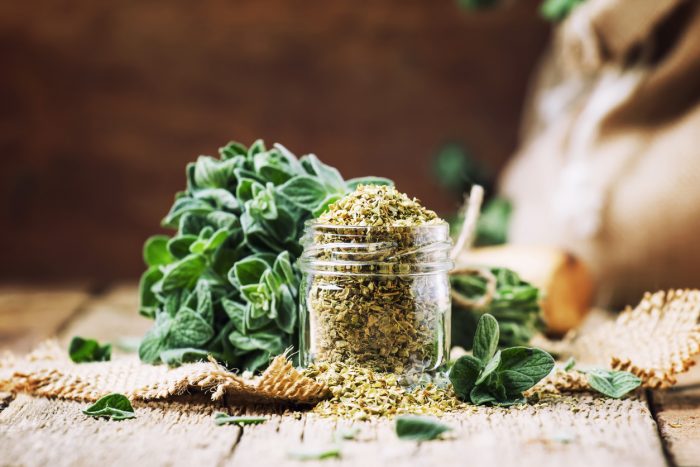
4. Rosemary
When choosing herbs, rosemary pops into my mind for so many things. For flavoring lamb and adding it in the pan when I am cooking gorgeous, meaty mushrooms. It’s perfect for marinades for any kind of meat (but lamb is the best).
5. Thyme
This is another herb that’s bursting with flavor. Use it to cook broccoli and mushrooms, add it as a pizza topping, make some cornbread with it, add it on top of cream soups and the ideas could just keep coming. Just have thyme on hand and you’ll find many uses for it.

